Archives
Emergency Water Part 1: Acquisition
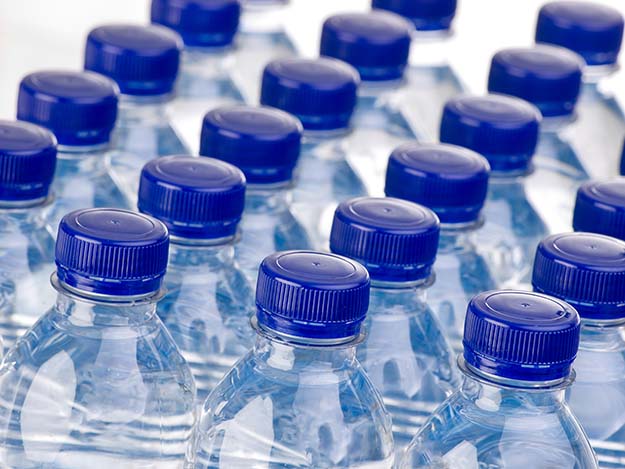
Water is the building block of all life on Earth. Without it, we can only survive a few days. That’s why it’s so important to have emergency water stored up in case of a disaster or SHTF scenario.
Gaye Levy at Backdoor Survival has written a four-part guide on emergency water for preppers. Check out the first part below, and be sure to visit her site for more great prepping and homesteading tips.
Emergency Water Part 1: Acquisition
When it comes to planning for a disruptive event, nothing tops the quest for a source of good clean drinking water. Water, followed by food, is the top priority for 99.9% of all new preppers and even the seasoned pros still seek knowledge relative to keeping themselves both hydrated and fed.
What is most surprising is that as much my colleagues and I write abut water, there are still questions to be answered and water-related skills to be learned.
I am thrilled and honored that Daisy Luther, the author of The Prepper’s Water Survival Guide, has stepped up to answer your questions in Parts One through Three of this series on Emergency Water for Preppers. There is more in store, including a roundup of 100% free resources for information of emergency water as well a fantastic giveaway.
So grab a cup or bottle of good clean water and let us begin with Part One of “Emergency Water for Preppers”.
Emergency Water for Preppers: Acquisition
When Gaye posted the review of my book, The Prepper’s Water Survival Guide, she asked me if I’d be interested in responding to some questions on the topic. I was very excited because I can’t think of a more vital discussion than water.
Out of all the things we prep, water is both the most vital and the most overlooked. Many times, people are far more interested in stocking food and ammo, because those categories have lots of variety. Do you want freeze-dried food or home canned goods? What is your firearm of choice? So much bandwidth on the internet has been used up on these topics.
And while it’s very important to have a loaded pantry and to be able to protect your home and family, it’s even more important to have something to drink. The lack of safe drinking water will kill you far more quickly than starvation will. In fact, you’ll only last a matter of days without it.
There were so many awesome questions that I’ve broken them into a few different articles. Today, let’s talk about acquiring drinking water.
If a disaster lasts long enough, eventually your supplies are going to run out, no matter how much you have stored. Even though the earthquake in Haiti happened more than 5 years ago, many people have been without a source of running water ever since. A way to acquire water is essential. The following questions all have to do with the safe and reliable acquisition of water.
How can I safely and efficiently collect rainwater for consumption?
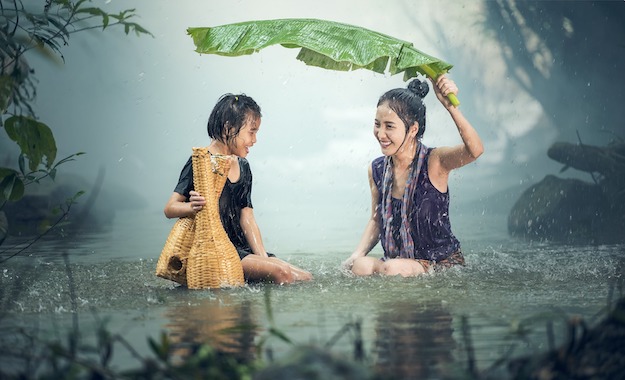
- If you get sufficient precipitation in your area, rainwater collection is a viable option for water acquisition.
- People often think of rain as pure and natural, but it picks up pollutants in the air and off of any surfaces it touches on the way to your collection barrel. The way you collect it isn’t as important as what you do with the water after collection. You must always filter out the sediment and purify the water before consuming it.
- I recommend the rain barrels that you can attach to the downspouts on your roof. If you intend to consume the water you collect, be sure that you purchase food grade rain barrels.
- You’ll need to strain out sediment with a cheesecloth or even a coffee filter then run through a Berkey, boil, distill, or treat with bleach or pool shock.
- As far as roofs are concerned, if you have the opportunity to replace a shingled roof with a metal roof, consider that the metal roof is far better for water acquisition because it doesn’t have particles ready to break free and contaminate your water, nor does it have the tiny nooks and crannies that soak up the rainfall.
What is the best way to filter water coming in from downspouts without clogging the water?
Some people use a mesh screen between the downspout and the water barrel to trap the particles, leaves, and other debris before it can enter your collection container. This will, however, clog up and can cause you to lose the water you had intended to collect.
To prevent this, you need to make a habit of regularly cleaning out your screen trap. For a double dose of protection, there are also downspout filters that will catch the larger debris before it reaches your screen. These are placed higher up on the downspout and have a collection area that is easy to access and clean.
Do you have any recommendations for OPSEC when it comes to water? For example rain barrels outside your home could be a red flag that there is a well-stocked pepper in that house if looters come by in a crisis…
There are some really pretty rain collection containers that look like large urns or planters. They’re designed to look like part of your exterior decor.
You can choose containers that go with the trim of your house to make them stand out a bit less. Other options you might consider are either fencing your backyard with privacy fencing or building some type of attractive screen around your water barrels that looks like part of the decor.
I’ve read about a gadget you can build that will remove water from the air – even when the air is dry. It sounds pretty far fetched to me. Is there any truth to such a thing?
These are called atmospheric water generators. They work by removing the ambient humidity from the air. They’ve actually been around for centuries. The ancient Incas kept their people alive by collecting dew and channeling it into reservoirs.
More recently, a young Australian student won the Dyson Award in 2011 for his innovative take on the device. According to Gizmag, here’s how it works:
“The Airdrop irrigation concept is a low-tech design that uses the simple process of condensation to harvest water from the air. Utilizing a turbine intake system, air is channeled underground through a network of piping that quickly cools the air to soil temperature. This process creates an environment of 100-percent humidity, from which water is then harvested. The collected water is stored in an underground tank, ready to be pumped out via sub-surface drip irrigation hosing.”
Sounds miraculous, right? There are a couple of downsides.
Most devices that are available require a large amount of power to extract the water. Another issue is that if you live in an area without a lot of humidity (you know, the kind of place where you’d really need to extract water from the air because there IS no water otherwise), you aren’t going to get more than a few drops using this method. It might be viable in the tropics or in the Deep South during the muggy summer weather.
I hear people almost screaming “Do not drink distilled water!” What are your thoughts about having a water still and drinking only distilled water? Would a major disaster make any difference in how you feel?
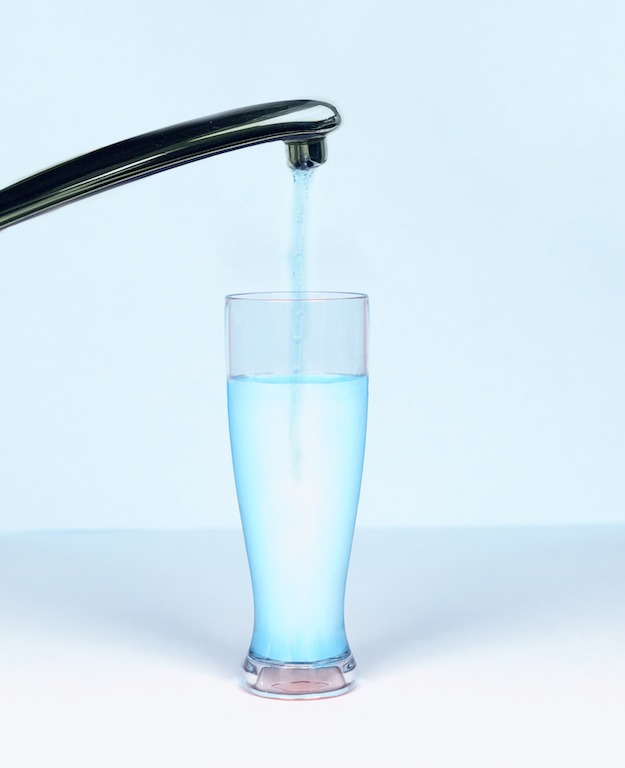
The reason people warn against drinking distilled water is because the distillation process doesn’t only remove the undesirable things, but it also removes the healthy minerals. If a person is dehydrated, water totally bereft of minerals will not help to replenish electrolytes and should be supplemented with an electrolyte powder.
But that’s not the only downside. The EPA warns, “Distilled water, being essentially mineral-free, is very aggressive, in that it tends to dissolve substances with which it is in contact. Notably, carbon dioxide from the air is rapidly absorbed, making the water acidic and even more aggressive. Many metals are dissolved by distilled water.” (source)
So based on these things, I wouldn’t make distilled water my every day choice.
This being said, I’d certainly prefer to drink distilled water over contaminated water. If you’re distilling your water to purify it during an emergency, and keep in mind that a severely dehydrated person will need supplemental electrolytes, it’s unlikely to hurt you as a temporary water solution.
Can you drink the water from your swimming pool?
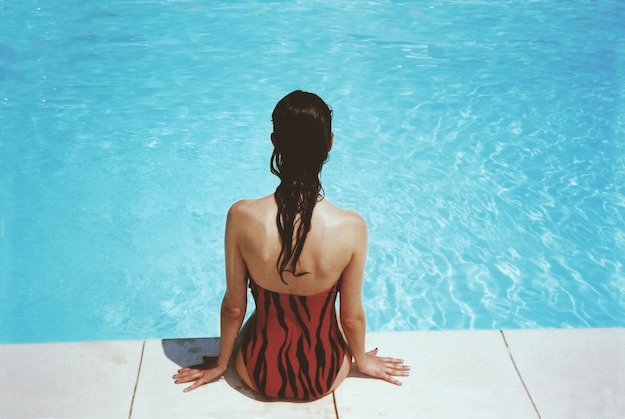
This is a question I get asked a lot. Everyone says, “Oh, there’s chlorine in the pool water and that keeps it safe.”
Unfortunately, there’s a lot more than chlorine in the water. There are all sorts of chemicals, including stuff to kill algae. Unless the pool is your own, you have no idea what treatments have been used in it. Algaecide will make you very sick if you consume more than a mouthful from time to time when swimming.
But it gets worse. If the power has gone out, the pumps will stop running. The pumps are what keeps the water filtered and fairly clear of bacteria and fungi that grow there, After a couple of days, there will be so many contaminants in the swimming pool water that the chemicals would be the least of your worries. After a couple of weeks, the water will be stagnant,and will make you very ill.
Of course, before stuff begins growing in it, the 20,000 gallons of water sitting in your pool can easily be used for sanitation purposes. And, if you are really desperate, you can also treat the water and make it safer for consumption.
- Immediately after the power goes out, put a cover on the pool. The UV rays from the sun will reduce the effectiveness of the chlorine quickly, causing algae to grow sooner.
- If the pool is yours and you know it has only been treated with chlorine, you can prepare some of the water for drinking.
- Purify the pool water by boiling it
- Run it through a high quality filter such as the Berkey.
- Allow the water to sit in a container with the lid off for a couple of hours before consuming it. If you want to drink it immediately, pour it back and forth between two containers to aerate it.
Pool water should only be used for consumption as a last resort.
The Final Word
Whereas there were not a lot of questions pertaining to the acquisition of water, the questions that were asked were good ones. After all, it does not take a PhD to figure out that one of the biggest challenges following adisruptive event will be finding a source of water to supplement what you already have.
In closing, I want to remind you that there are many more questions that will be answered in the subsequent “Water Month” articles. Coming soon:
One thing you can count on is that over time, I will continue to introduce you to strategies and resources that will help ensure that you have an adequate supply of water to help you maintain both hydration and sanitation, no matter what.
And please, if you have additional questions regarding the acquisition of water, do leave a comment below.
Want to know more? Check out these related articles:
Water Collection Using a Plastic Shopping Bag
100-Year-Old Trick for Filtering Rainwater
Enjoy your next adventure through common sense and thoughtful preparation!
Gaye
-

 Do It Yourself7 months ago
Do It Yourself7 months agoParacord Projects | 36 Cool Paracord Ideas For Your Paracord Survival Projects
-

 Do It Yourself9 months ago
Do It Yourself9 months agoHow To Make Paracord Survival Bracelets | DIY Survival Prepping
-

 Do It Yourself9 months ago
Do It Yourself9 months ago21 Home Remedies For Toothache Pain Relief
-

 Do It Yourself10 months ago
Do It Yourself10 months agoSurvival DIY: How To Melt Aluminum Cans For Casting
-

 Exports8 months ago
Exports8 months agoAre Switchblades Legal? Knife Laws By State


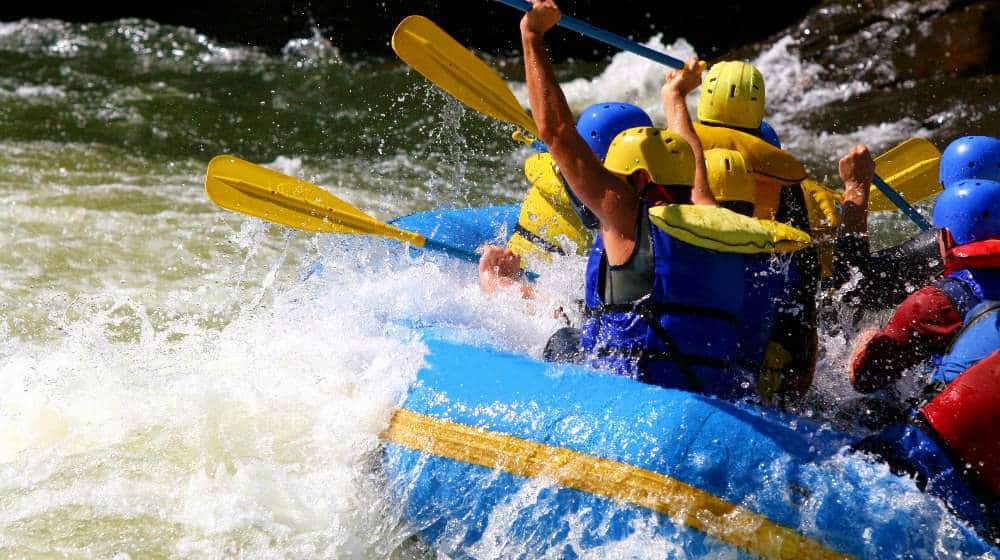


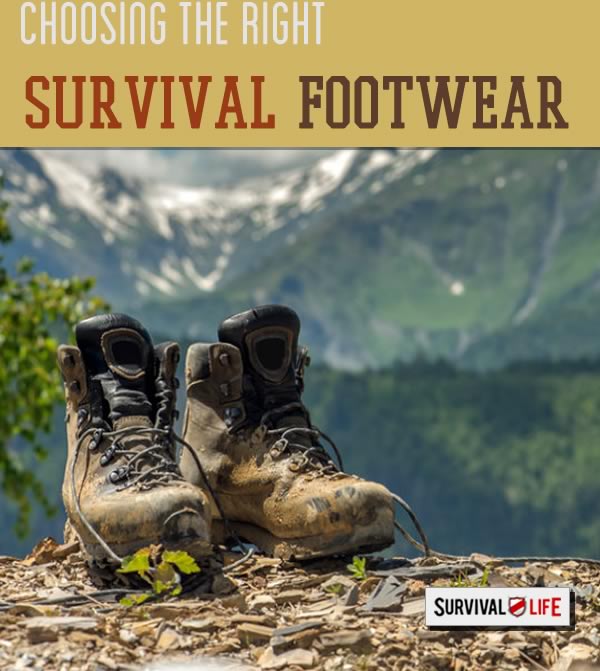
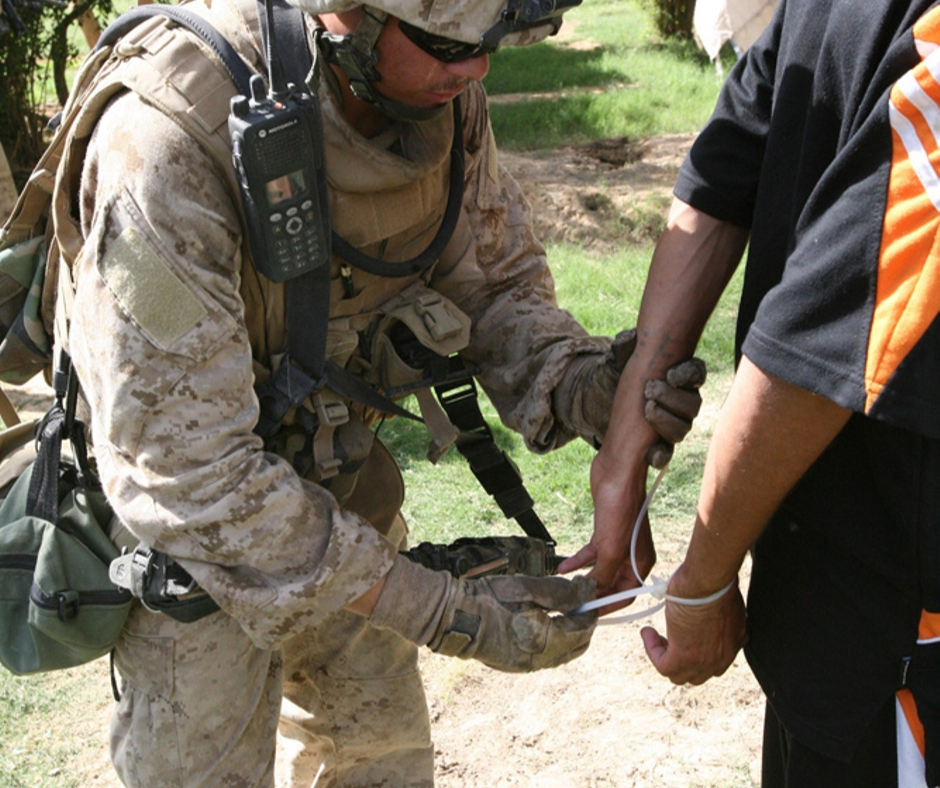

Pingback: We've Come a Long Way! | Survival Life
Pingback: 12 Rainwater Collection Tips | Survival Life
Pingback: Water Purification for Survival | Survival Life
Pingback: How To Open A Coconut Without Tools | Survival Life
Pingback: 25 Ways to Get Clean Drinking Water in an Emergency
Pingback: Water for Emergencies | Survival Life
Pingback: How To Build A DIY Salt Water Distiller | Survival Life
Pingback: Jeanne Pocius Pt. 2: Aftershock | Haiti Earthquake [PODCAST] – The Self-Sufficient Life
Pingback: Jeanne Pocius Pt. 2: Aftershock | Haiti Earthquake [PODCAST] – SurvivalCove.com
Pingback: Jeanne Pocius Pt. 2: Aftershock | Haiti Earthquake [PODCAST] – Bulletproof Survivors
Pingback: Jeanne Pocius Pt. 2: Aftershock | Haiti Earthquake [PODCAST] – Sprent Brass